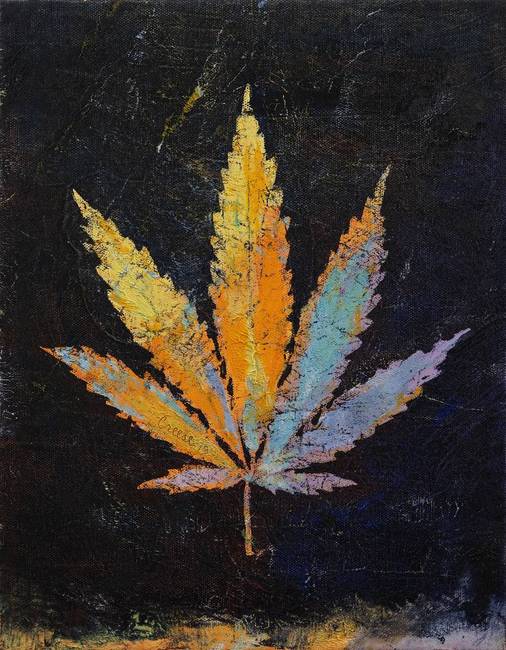 Darkly overcast to the east this Wednesday evening on California’s north coast, but sunshine still from over the ocean — near the end of another record-breaking day, as temperatures soared all over the area, triple digits inland, in the 80s along the shoreline.
Darkly overcast to the east this Wednesday evening on California’s north coast, but sunshine still from over the ocean — near the end of another record-breaking day, as temperatures soared all over the area, triple digits inland, in the 80s along the shoreline.
Little River Beach with the dogs was near-about-almost too hot…
Off-weather question — What was Colorado Gov. Jared Polis referring to today? ‘“This industry is helping grow our economy by creating jobs and generating valuable revenue that is going towards preventing youth consumption, protecting public health and safety and investing in public school construction.”‘
Yep, the ‘industry‘ of legal marijuana. Benefits included $1.02 billion in Colorado state taxes generated the past five years.
Marijuana, ‘Sweet Jane,’ has come a long way in a short time. Just in the past decade or so has the weed made a huge turn-around, not only from medical opportunities to legal recreational use, but in overall popularity.
Unless you’re in the asshole Jeff Sessions crowd, at least pot isn’t so maligned as in the past with a majority of Americans.
Yet cannabis has been around a shit-long time, and only until the last 100-years or so, was considered a good health helper — lies in the 1930s finally closed the gates on ‘decent folks‘ using marijuana.
I’ve been toking since 1974, now more than 45 years.
And on hitting the bong, new research — published today in Science Advances — indicates we humans have used cannabis for its psychoactive effects for at least 2,500 years, supposedly first in the Pamir Mountains of Central Asia. Pot was used in funerals and all things having to do with the dead, remnants found in an ancient cemetery..
From Inverse:
“I was surprised that the trace of biomarkers could still be preserved after burning and burial for about 2,500 years,” co-author and University of Chinese Academy of Sciences researcher Yimin Yang, Ph.D. tells Inverse.
“I think [that’s] mostly due to the dry climate in the cemetery.”
…
Yang says it’s likely that the tombs were the incense burners were found belonged to the Scythians, a group of nomadic warriors whose influence once ranged from China to the northern Black Sea.
While now the Pamir region is considered remote, it’s speculated that it was once an important stop along the early Silk Road.
It’s possible that people started using cannabis for its psychoactive properties in this area, then the practice spread along the exchange routes.
And they got stoned as shit:
The cannabis that was used in these tombs contained high levels of THC, and the compound’s presence is extreme enough to imply purposeful selection.
One theory outlined in the paper is that UV radiation causes cannabis at higher elevations to produce greater quantities of active compounds — so it’s possible that the people who roamed the Pamir Mountains were simply exposed to more potent wild plants.
…
This study adds credibility to the stories told by the Greek historian Herodotus, which described the ceremonial, psychoactive plants used by the Scythians.
It also demonstrates how long and complex the history of humans and cannabis really is.
Cannabis plants have been cultivated for textiles and oils since about 4,000 B.C., but now it’s clear that early societies didn’t let its psychoactive properties go to waste.
Further on the same study, and that potent cannabis strain (Science Magazine this afternoon)
The region’s high altitude could have stressed the cannabis, creating plants naturally high in THC, says co-author Robert Spengler, also of MPI-SHH (Max Planck Institute for the Science of Human History).
“It is quite likely that people came across cannabis plants at higher elevations that were naturally producing higher THC levels,” he says.
But humans may also have intervened to breed a more wicked weed, he adds.
Such as another bowl…
(Illustration above: ‘Cannabis,’ by Michael Creese, found here).